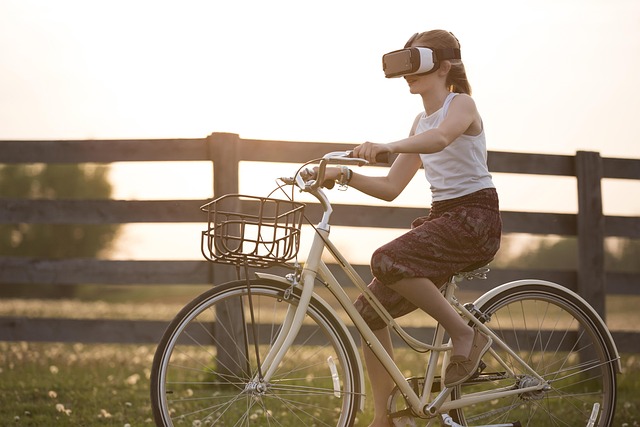Exploring the Future of Education: The Virtual Learning Space Evolution
The digital revolution has laid a robust foundation for the transformation of education, sparking a debate over how we learn and disseminate knowledge. As we traverse further into the 21st century, the concept of a virtual learning space” is more pertinent than ever. The integration of cutting-edge technologies such as Virtual Reality (VR), Augmented Reality (AR), and the burgeoning Metaverse is dramatically reshaping our educational landscapes, breaking geographical barriers and revolutionizing our approach to learning.
Embracing Virtual Reality in Education
Virtual Reality is stepping beyond the realms of gaming to offer immersive educational experiences that were previously unimaginable. Imagine a history class where you are not merely flipping through the pages of a textbook, but are virtually transported to ancient Rome, witnessing the grandeur of the Coliseum first hand. VR facilitates a multi-sensory experience, engaging students and fostering a deeper understanding of subject matter by providing context that traditional classrooms often lack.
This immersive technology is particularly beneficial in fields like medicine and engineering, where VR simulations can create lifelike scenarios. From performing a virtual surgery to assembling intricate machinery, VR allows students to practice and hone their skills in a risk-free environment. Such experiences enhance retention rates and prepare students with hands-on experience that bridges the gap between theoretical knowledge and practical execution.
Augmented Reality’s Role in Interactive Learning
Augmented Reality complements VR by overlaying digital enhancements onto the real world, fostering an interactive learning experience. Through AR, educators can transform simple classroom lectures into vivid explanatory sessions, using 3D models and animations that hover over a student’s desk. This technology makes abstract concepts more tangible, catering to varied learning styles and promoting a more inclusive educational environment.
One compelling use of AR in education is through app-based learning tools that enliven textbooks with interactive content. This breakthrough presents opportunities for reinforcing lessons in real-time, as learners can manipulate augmented elements to explore topics more thoroughly. By merging the digital and physical worlds, AR enhances engagement and comprehension, paving the way for a more enriched educational journey.
The Promising Horizon of the Metaverse
The concept of the Metaverse holds immense potential for redefining educational spaces. Envision a virtual universe where students and educators from across the globe converge, collaborating and learning in a single immersive digital domain. This interconnected space could facilitate a borderless education system, offering unprecedented access to resources and expertise regardless of geographical limitations.
The Metaverse as a virtual learning space offers opportunities for asynchronous learning, allowing students to engage with materials at their own pace and revisit complex topics with ease. It encourages a culture of collaboration and innovation, where students can work on projects in real-time with peers worldwide. The sense of presence and immediacy that the Metaverse provides elevates online interactions, making virtual classrooms feel more dynamic and connected.
In conclusion, the evolution of the virtual learning space has the potential to make education more accessible, engaging, and effective for all. As we continue to develop and integrate VR, AR, and the Metaverse into our educational systems, we are not only transforming the way we learn but also the way we think about the very concept of education itself. The future of learning is here, and it promises to be as limitless as our imaginations.



